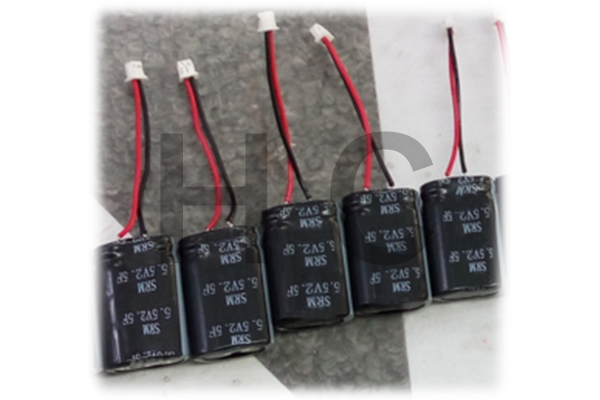In a series of new product designs such as energy harvesting, office automation and backup systems, supercapacitors have caught the attention of design teams. These supercapacitor batteries have high-efficiency storage capabilities that quickly release energy on demand. To ensure peak performance and long product life cycles, the voltages of supercapacitors must be balanced. s, if unbalanced due to leakage current differences between cells, can trigger energy dissipation, leading to premature supercapacitor cell failure.

The use of supercapacitors is becoming more common because they can be used concurrently with other batteries or as a battery replacement in applications that require many rapid charge-discharge cycles. Supercapacitor modules are usually used in short-term energy storage, regenerative braking, and static random access memory backup.
赢咖7To prevent this imbalance, a balancing circuit is required that keeps the voltage across each supercapacitor within a defined range by automatically correcting for the effects of changing leakage currents. And all with little additional leakage current or power consumption.

赢咖7An optional resistor can also be connected to each pair of supercapacitors. Typically, the supercapacitors are left open, however, if the supercapacitor location is not plugged into the device, a zero-ohm jumper resistor should be installed in its corresponding location.
赢咖7Supercapacitors without self-balancing: Leakage currents can cause voltage imbalance and power loss. Power system designers must compensate for the leakage current of each supercapacitor cell. Otherwise, if the voltage exceeds the rated voltage of the battery for a period of time, the working life of the supercapacitor may be shortened or even not damaged.

Contact: Manager Yang
Mobile: 19851325878
Email: yang@hcepower.com
vivi.li@hcepower.com
赢咖7Address: 6th Floor, Building 2, Jingcheng Science and Technology Park, No. 933, Yonghe Road, Chongchuan District, Nantong City